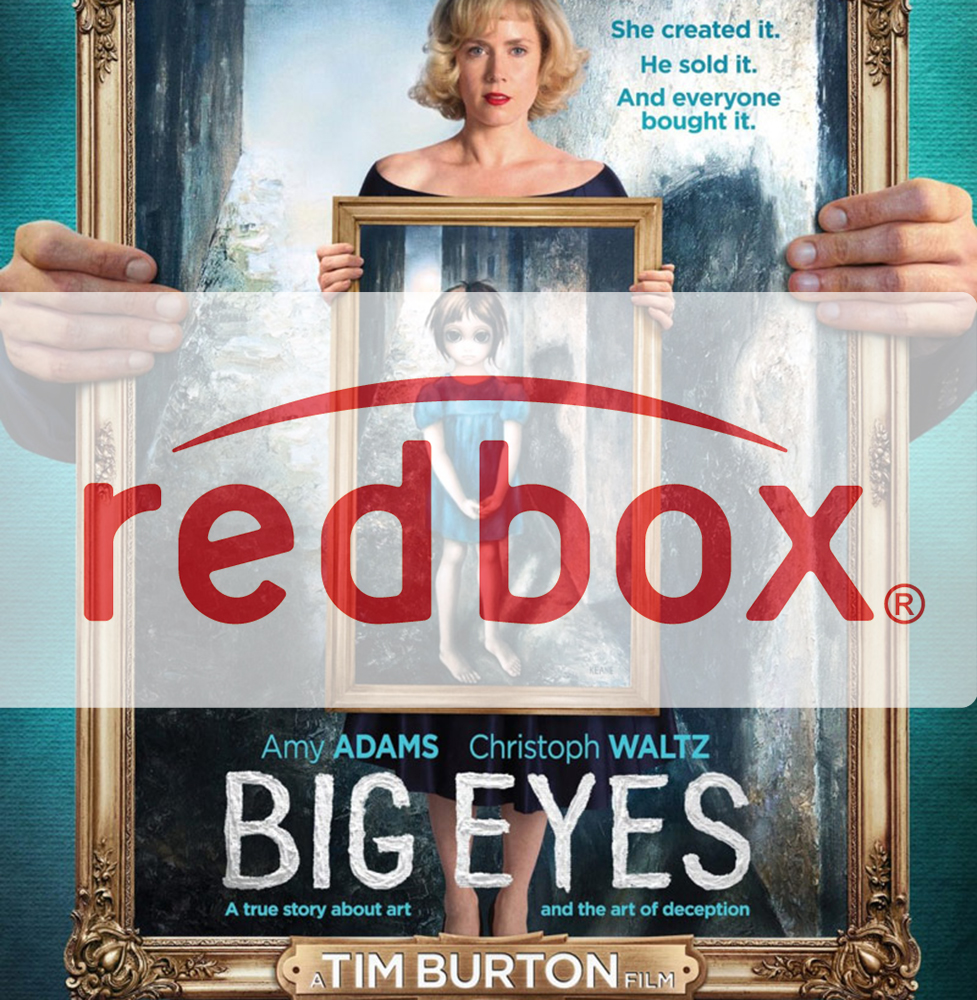Have you ever seen those distinctive paintings — the ones that probably give you nightmares of the little children with the huge eyes, staring back at you with almost human expression on their faces? You might have seen them in the promotions for Tim Burton’s Christmas release, “Big Eyes,” the true story of painter Margaret Keane and her husband, Walter, who took credit for the popular big-eyed paintings only Margaret could create.
A NEW LIFE
As the film begins, we meet Margaret as she is leaving her husband, taking her young daughter with her to begin a new life in San Francisco. Though she is a painter, she takes other jobs because she does not feel it is a profession that will provide for herself and her daughter. At a street art fair one sunny day, Margaret catches the eye of Walter Keane, who is promoting his own paintings. They begin dating and then, out of necessity for her daughter, they get married. Only when things seem the happiest do they begin to fall apart.
It is during their early days as a married couple that Margaret discovers Walter is not who she believed him to be. For starters, he cannot really paint at all — all the gorgeous cityscapes he painted were frauds, ordered from another artist and simply painted over with his signature. Margaret also discovers Walter has more dastardly secrets — like a daughter he never told her about, and an insatiable love for money and booze.
PLAYING ALONG
Walter has also, by this time, convinced Margaret to let him take the credit for her paintings. People had mistakenly thought it was his work, and he decides to play along with the ruse. Though it earns them a small fortune, Margaret’s conscience eats away at her. As Walter becomes more and more abusive towards her, she finally leaves him, and ultimately wins the lawsuit he brings upon her, and in the best way possible – by successfully completing a big eyes painting in the courtroom while Walter makes every excuse to not even pick up a brush, thus proving it could only be her work.
A SHINING LIGHT
At one point, Walter Keane’s “masterpiece,” a painting full of these big-eyed children he has become known for, is described by a ruthless critic as “kitsch.” In fact, the movie itself borders often on excessive kitsch and campy qualities. But despite these, it moves well and is impeccably thought out. The talented actors and director Burton, whose style is apparent but more subdued than his usual fashion, brings the movie to life. Though Christoph Waltz is a sublime actor, his part is mostly a showy one, and though he carries it with aplomb it is still rather over the top. Adams is the true shining light of the film, a composed and yet uncertain woman who faces fraud in the form of a husband she once trusted and who has stolen her creativity from her. It is a moving and introspective picture, and though it may not be perfect, it has a lot of things to enjoy.







